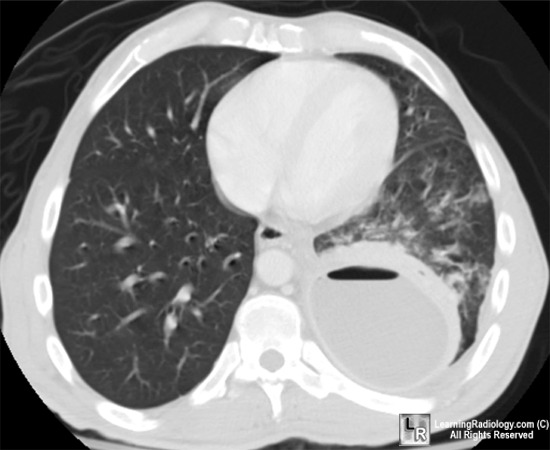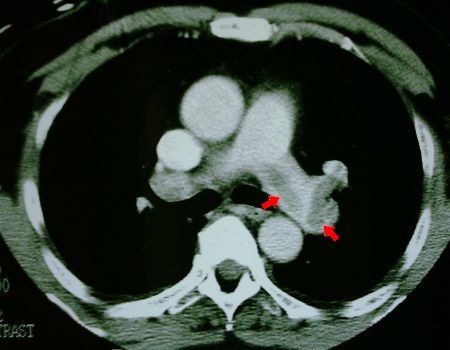
Today is my last post here on Horses and Zebras. Thanks for the good times. The banner will be picked up again by the next CMR come January.
This morning we discussed Fanconi Syndrome and touched briefly on Renal Tubular Acidosis (RTA).
Here are two links to review articles, one from the Journal of the American Society of Nephrology and one from the Archives of Internal Medicine.
Some points about RTA:
1) In the setting of an acidosis, the kidneys maintain acid/base homeostasis by increasing resorption of HCO3 and increasing H+ excretion. HCO3 resorption occurs predominantly in the proximal convoluted tubule (85-95%) with the remainder occurring in the distal convoluted tubule (10%). The secretion of H+ typically occurs in the DCT as ammonium.
2) In RTA, the kidney loses the ability to perform one of these functions and a non-anion gap (hyperchloremic) metabolic acidosis develops.
3) There are 3 types of RTA:
a) Type 1 (distal)
b) Type 2 (proximal)
c) Type 4 (hypoaldosteronism)
(Type 3 RTA is a mix between types 1 and 2 and is seen in a rare genetic disorder)
4) Type 1 (distal) RTA:
a) Results in decreased ammonium secretion in the DCT causing systemic acidosis (HCO3 less than 10).
b) Most common adult causes include: autoimmune diseases (Sjogren's, RA, SLE), hyperglobulinemia, meds (lithium, amphotericin B), hypercalciuria, liver disease and sickle cell disease.
c) Often presents with NAG metabolic acidosis, hypokalemia, hypercalciuria and an elevated urine pH (greater than 5.5).
5) Type 2 (proximal) RTA:
a) Can occur in isolation, but is most commonly seen in the setting of diffuse proximal tubular dysfunction (Fanconi syndrome - as discussed today).
b) The typical findings in Fanconi syndrome include: bicarbonaturia, glucosuria, phosphaturia, uricosuria, aminoaciduria and tubular range proteinuria.
c) Isolated Type 2 RTA presents with bicarbonaturia due to impairment in bicarbonate resorption in the PCT.
d) While the bulk of HCO3 resorption occurs in the proximal tubule, some occurs in the DCT. In Type II RTA, there is a threshold level of serum HCO3 above which filtered the HCO3 overwhelms the resorptive capacity of the DCT and HCO3 loss in the urine occurs. The borderline is generally around 16mmol/L.
e) The most common cause of Fanconi syndrome in adults is multiple myeloma (due to light chains), acetazolamide use and some chemotherapeutic agents.
6) Type 4 (hypoaldosteronism) RTA:
a) Characterized by a deficiency in, or tubular resistance to, the action of aldosterone.
b) Typically presents with hyperkalemia and a mild acidosis.
c) Most common causes include: diabetic nephropathy, CKD, primary adrenal pathologies and medications that inhibit the RAAS.
7) Differentiating Type I from Type II:
a) Consider calculating the urine anion gap (Na + K - Cl) on a random sample. The Cl- is an indirect marker for NH4+ secretion and thus a positive value supports a dx of Type I RTA (reduced H+ secretion) whereas a negative value may suggest Type II.
b) An increased urine osmole gap can also suggest Type I RTA.
c) The metabolic effects of Fanconi syndrome are only found in Type II RTA.
d) Urine pH will always be elevated in Type I RTA but will be variable and increase in Type II RTA if the serum HCO3 is raised beyond the reabsorbing threshold of the DCT (since the PCT is dysfunctional).
8) Management of Type I and II RTA typically involves reversing any causative conditions and providing oral alkali either as sodium bicarbonate or citrate. Type IV RTA is managed again by addressing the underlying etiology and providing aldosterone replacement in the form of fludrocortisone.










